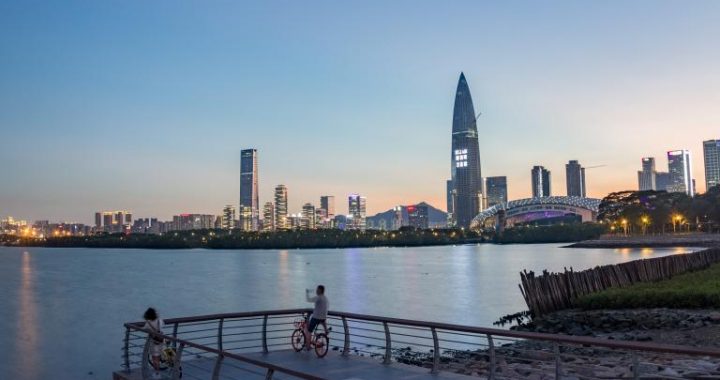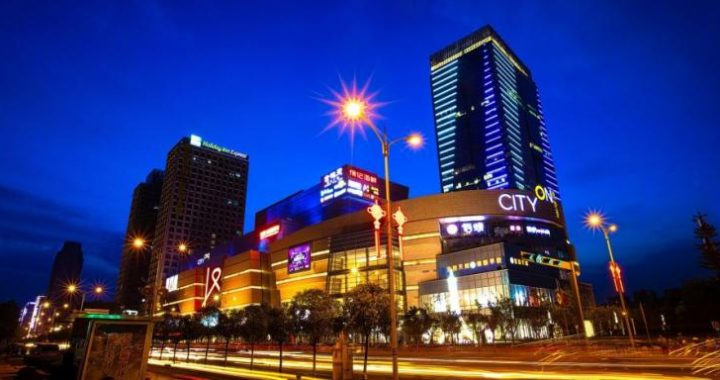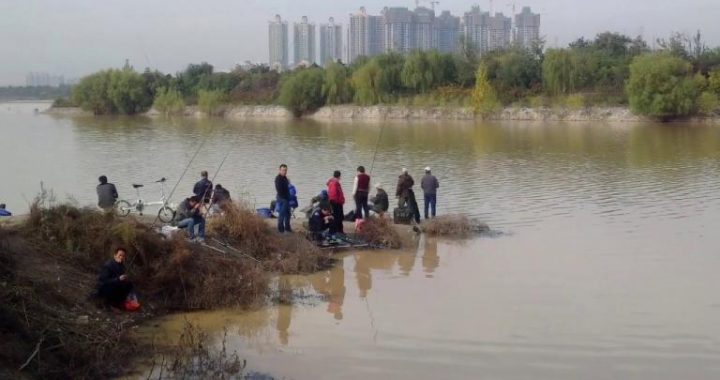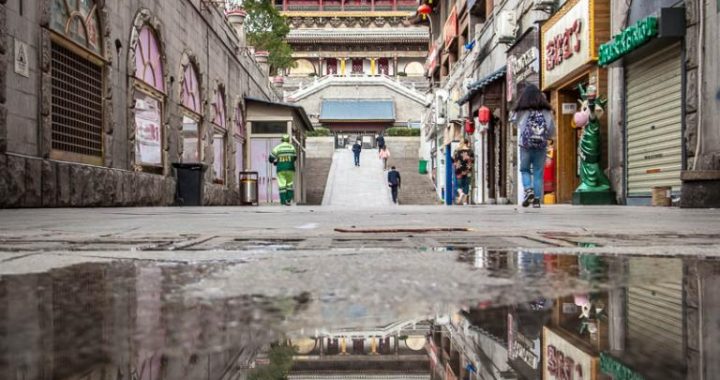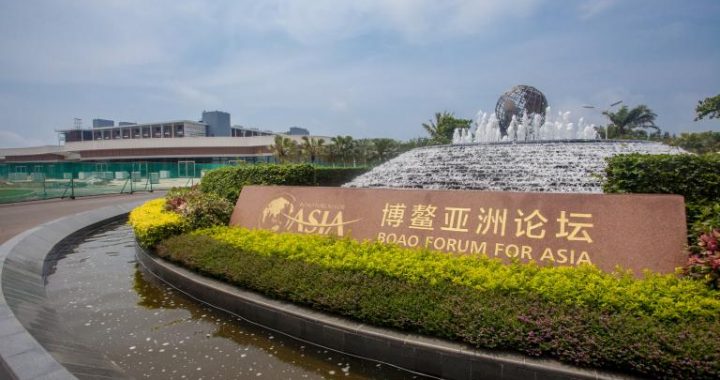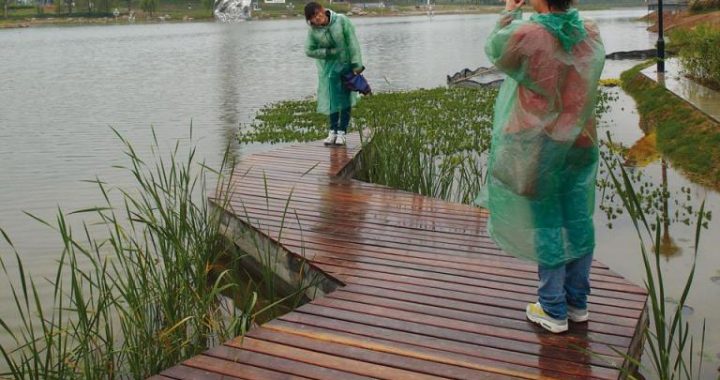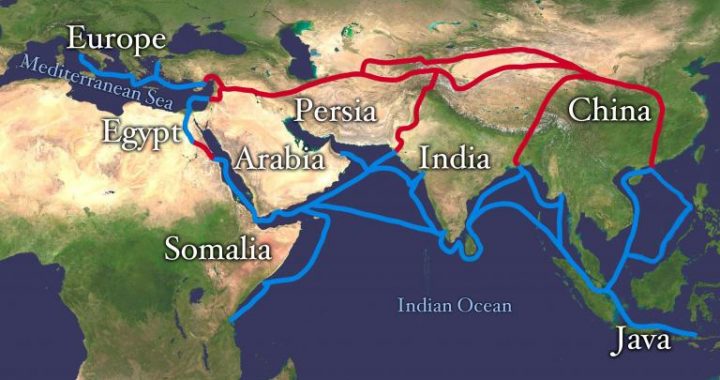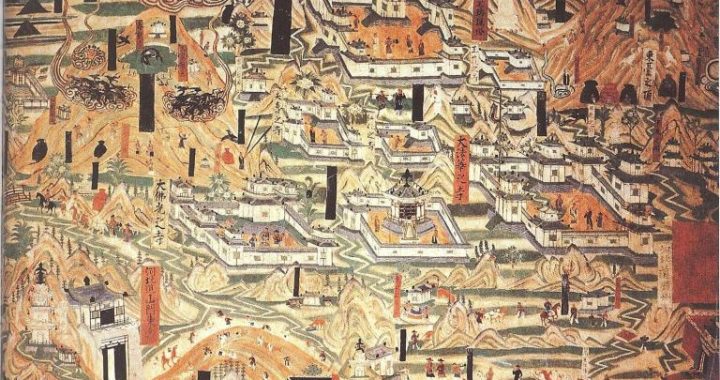Silent Army
5 min readRenowned as one of the”Eight Wonders of the World,”the Terracotta Army of the First Emperor of Qin(r.246-210 BC) is not only a great legacy of his military might, but also a superb paradigm of ancient Chinese sculpture.
Discovery of the Terracotta Army
In the spring of 1974, when villagers were digging a well near Xianyang, Shaanxi Province, they came across unusual pottery fragments. Some resembled human figures, while others looked like animals. Word of the chance findings alerted archeologists, who soon uncovered on the site a huge army of terracotta warriors and horses, which had been interred with the remains of the First Emperor more than 2,000 years ago.
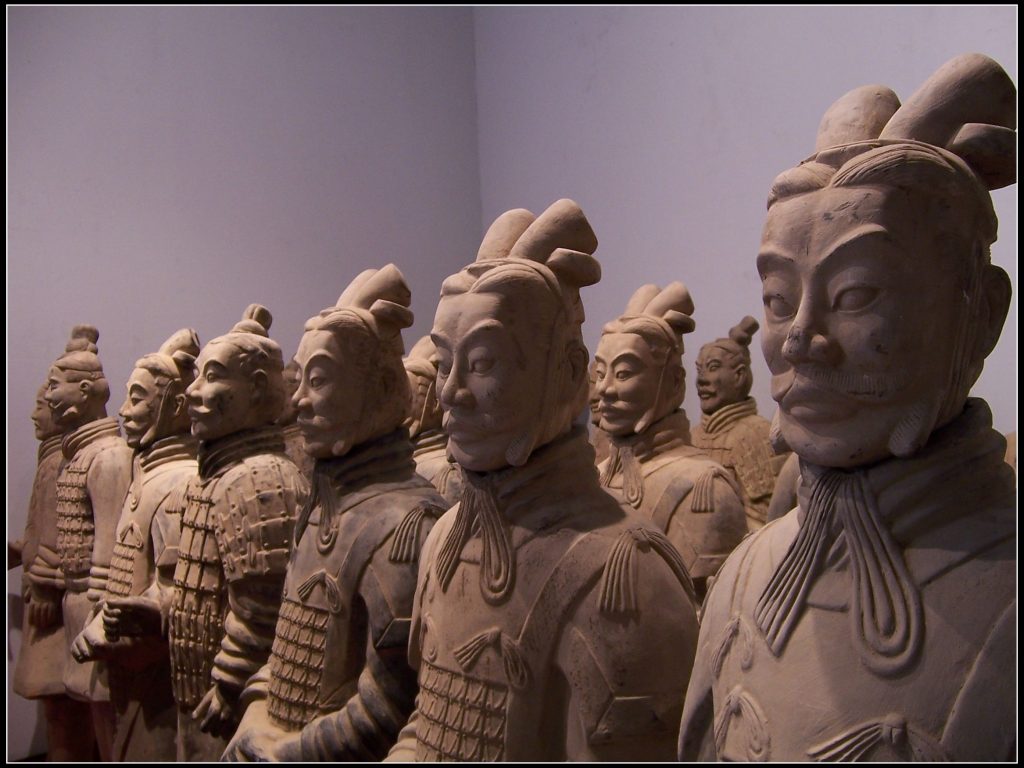
Altogether, four pits housing thousands of terracotta warriors have been unearthed, numbered according to the time sequence of their discovery. Pit No.1, with an area of more than 14,000 square meters, is the largest. It is home to an entire battle formation of life-size soldiers and horses. The front echelon consists of 2 10 soldiers standing in three rows, with the commander in the front. About 6,000 soldiers make up the main body of the formation. They stand in 38 columns, some as long as 180 meters. All of them sport suits of armor and hold bronze weapons. On either side of the central echelon is a row of 180 soldiers, as flanks of the formation. At the back, more than 100 warriors stand, probably part of the rear guard. Among the formation are 32 terracotta horses, with four drawing a wooden war chariot.
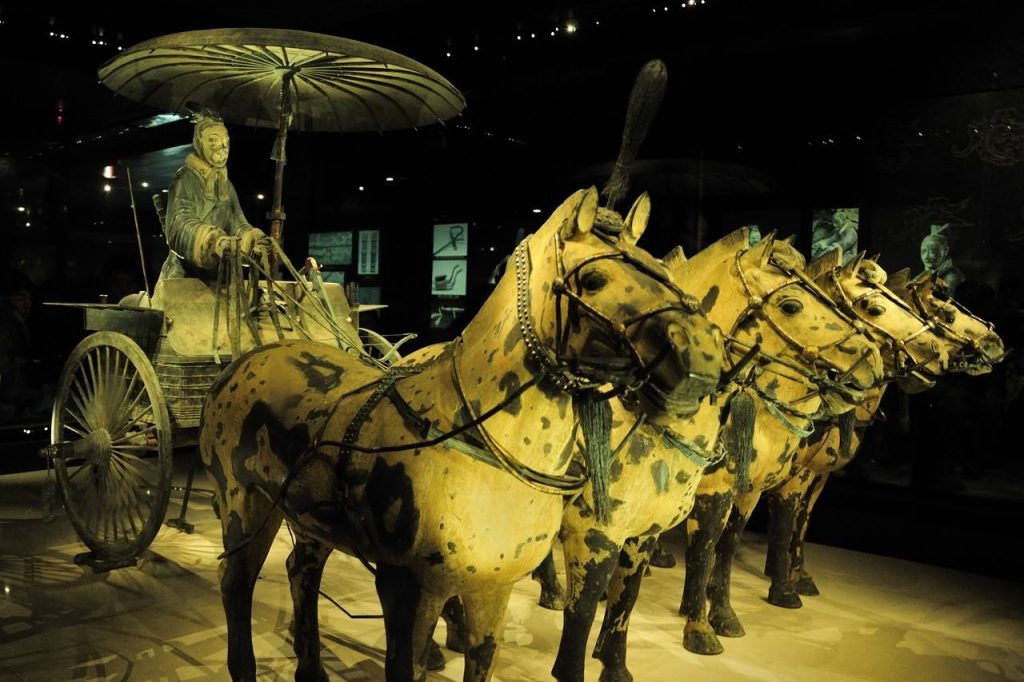
A crouching warrior, justunearthedfrom Prit. No.2, his martial bearing untarnished by the soilstill on hisface As the most imposing of all the battle formations discovered so far, Pit No.1 is most likely a replica of the actual troops during the First Emperor’s lifetime.
Pits No.2 and 3 were discovered in the summer of 1976.
Pits No.2 has four battle formations,including more than 1,300 soldiers and horses,over 80 war chariots,and tens of thousands of bronze weapons.In the eastern section of the pit is a group of archers.At the front are 60 archers standing upright,followed by eight columns totaling 160 archers squatting on one leg and kneeling on the other.To their rightisa formation of 64 war chariots arranged in eight rows.Each chariot is drawn by four life-size horses.Behind every chariot stand three soldiers:the one in the middle holds the reins,while the two on the sides are holding long-staffed weapons.
In the middle of Pit No.2 is another chariot formation,consisting of 19 chariots,264 infantry men and eight horsemen.They are divided into three rows.At the front of each horse stands a soldier,with one hand holding the reins and the other in the pose of pulling a bow.
Behind each chariot are three charioteers,followed by a number of foot soldiers.To the left of the chariots is a formation of 108 horsemen and 180 saddled horses in 11 rows.
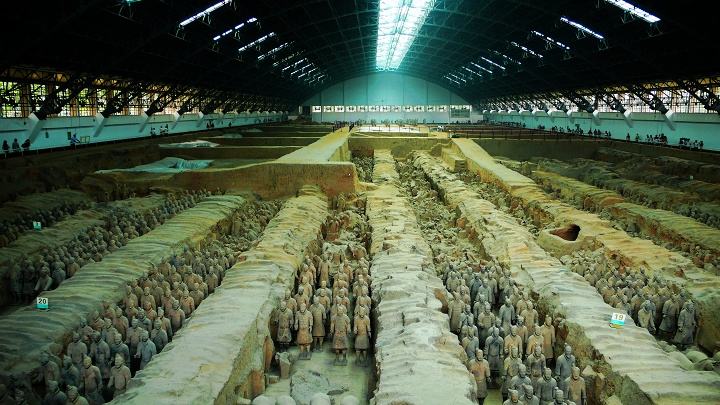
Pit No.3 is located to the west of Pit No.1.In a shape,it is the smallest of all the pits,with only 68 warriors inside.A war chariot was placed at the front of the entrance.The formation resembles the headquarters of the left,central and right divisions of the entire army,but it was probably not completed.
Pit No.4 was discovered much later,covering an area of about 5,000 square meters.
Located between Pits No.2 and 3,it appears to have been planned to house the central division,but was filled up without any warriors or horses.
Headofastanding archer,in Pit.No.2,his eyes observing the enemy in the distance
Vivid Sculpture
The terracotta warriors and horses caused a sensation upon their discovery,not only because of the impressive size of the army,but also due to the masterful craftsmanship of the sculptures.
All the soldiers and horses are life-size,the former about 1.85 meters tall and the latter 1.6 meters in height.The original figures were colorfully painted,but most of the color was lostafter long years of burial.The sculptures are realistic representations of real-life models,without any exaggeration or distortion.All the warriors are distinctive in terms of hairstyle,eyes,eyebrows,nose,lips,ears and beards,showing their individual age,position and personality.Both soldiers and horses look vivid and exude a sense of dynamic motion.
For example,the half-squatting,half-kneeling archers in Pit No.2 each have their hair tied in a knot and wear suits of armor over their war robes.They genuflect on one leg while squatting on the other, their bodies leaning forward and their hands puling bows. Although no bows or arrows survived the long years underground, the archers’ posture clearly shows the tension of the process of shooting. The standing archers feature strong bodies and highly alert expressions, with eyebrows lowered, nostrils slightly flaring and ears alert. Listening attentively, they seem ready to strike at the first signal of battle. Even the suits of armor have different creases to show the movements of the different soldiers.A range of use of body strength in the half-squatting and half-kneeling archers is also discernible. Such vivid representation of detail helps to create the illusion that the warriors are actually alive.

A crouching archerin Pit. No.2, afine example of sculpturalart of the time There are more than 600 terracotta horses in the three pits. These, too, closely resemble real horses. Some are pulling chariots, while others are cavalry steeds. Take one of the cavalry horses in Pit No.2 for example. It is standing firmly behind a cavalry soldier. It seems to be raising its front legs while keeping its hind legs steady on the ground. The horse holds its head high, with its mane standing erect. Its tail, while remaining still, is turned a little upwards. The head features clear-chiseled lines, looking sturdy and neat. With flaring nostrils,a gently closed mouth and wide-open eyes, the horse appears highly vigilant and dynamic.
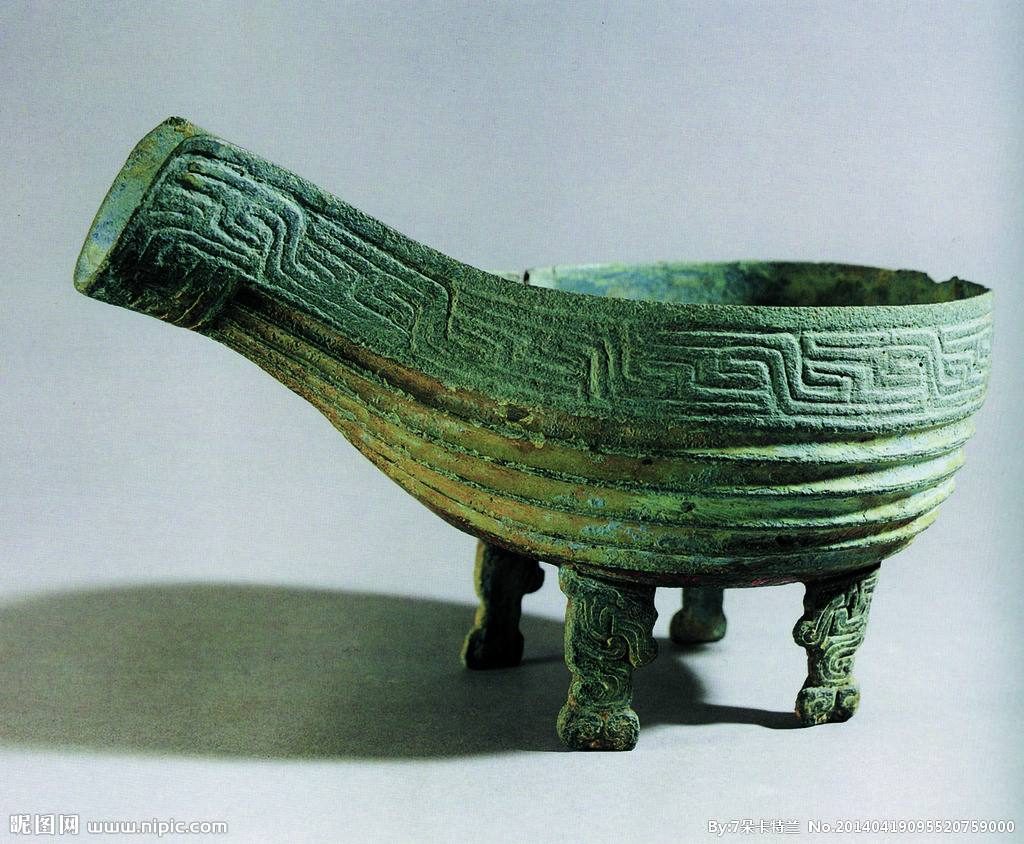
one of several restored chariots drawn by four horses, from Pit. No.2,a superb bronze artwork The Terracotta Army of the First Emperor of Qin has enabled people of today to attaina new understanding of the great sculptural arts of over 2,000 years ago, through realistic and vivid representations of an unprecedented number of warriors, horses and chariots.
